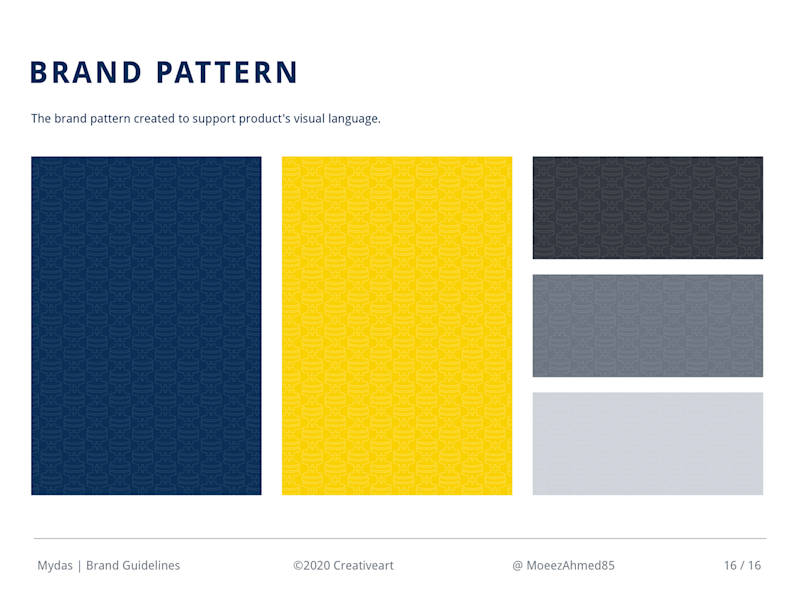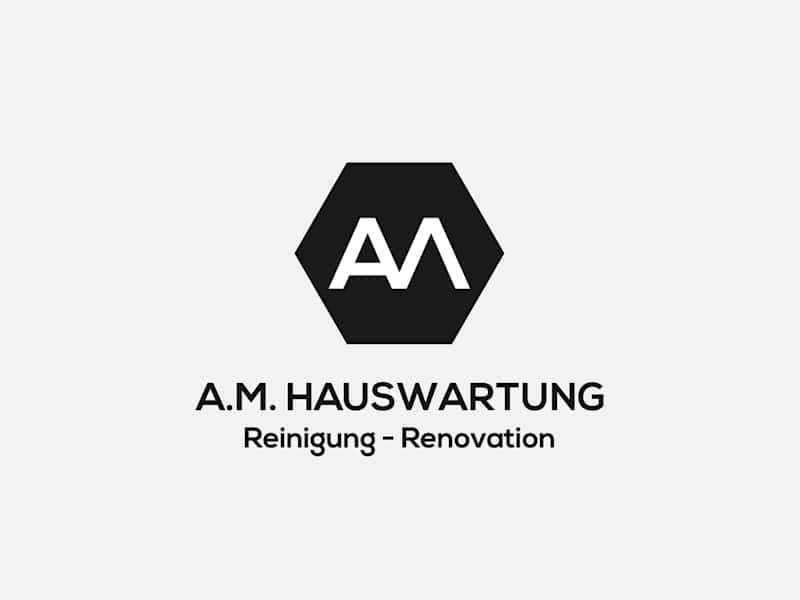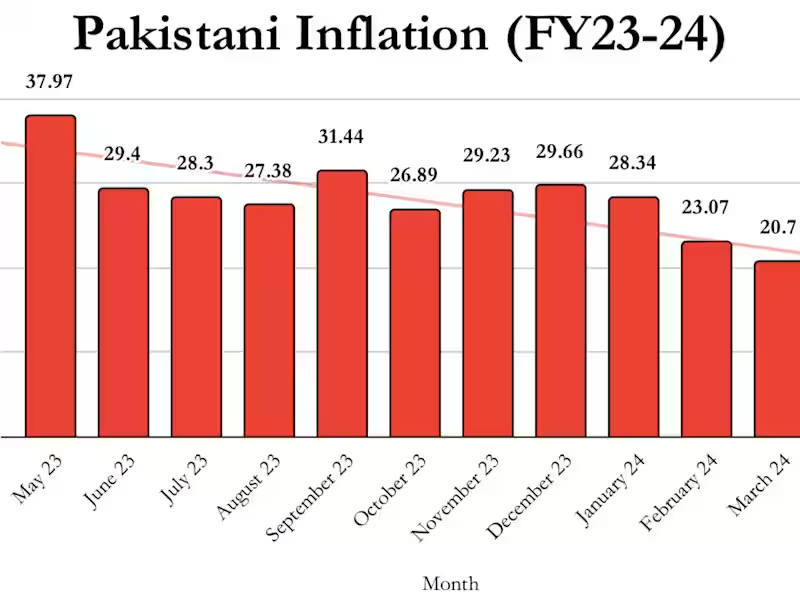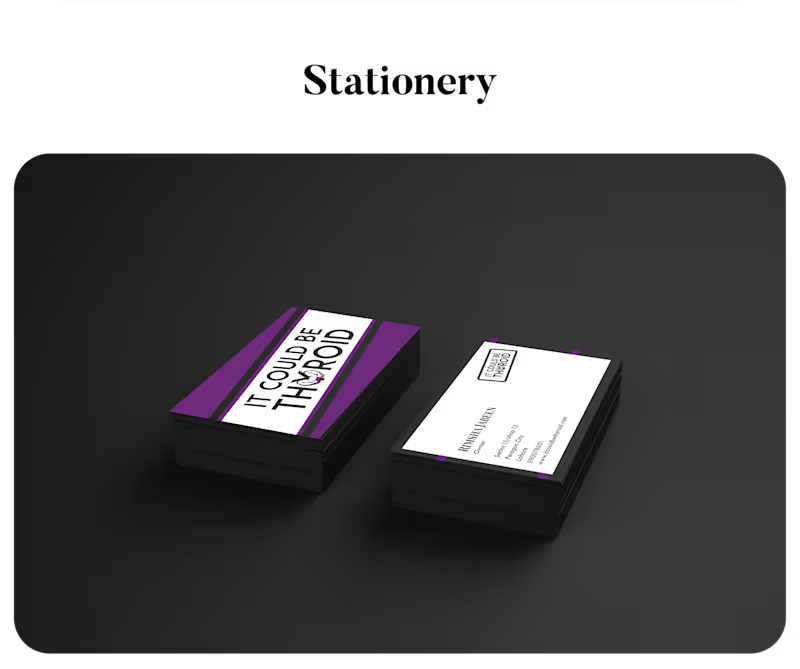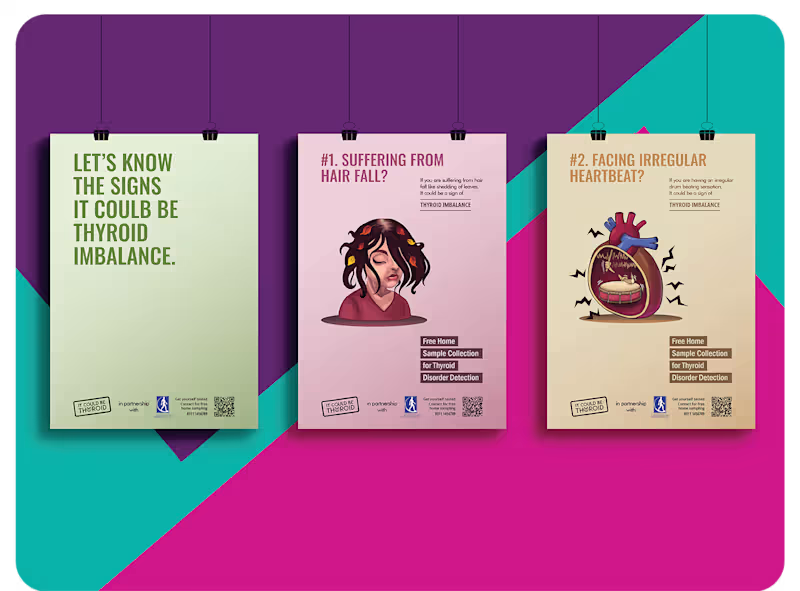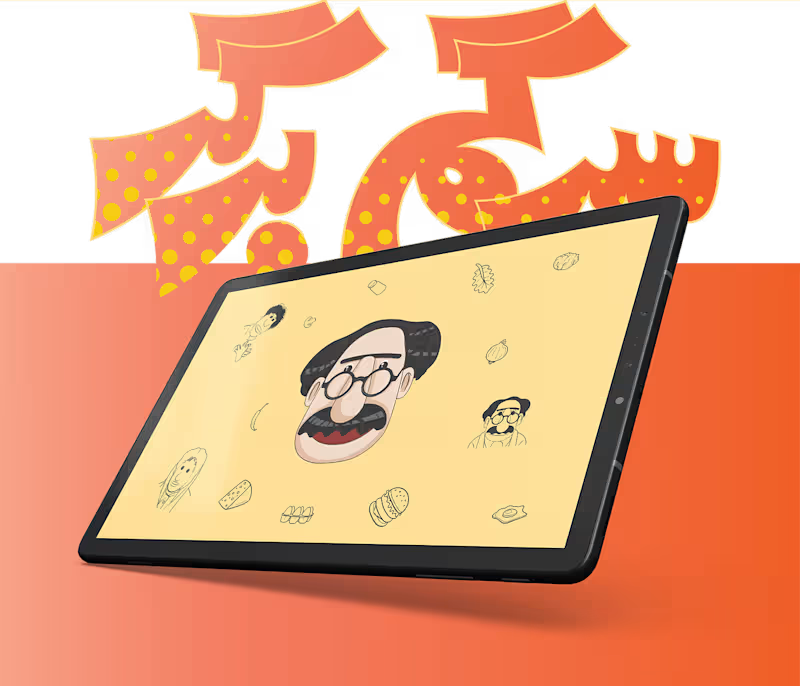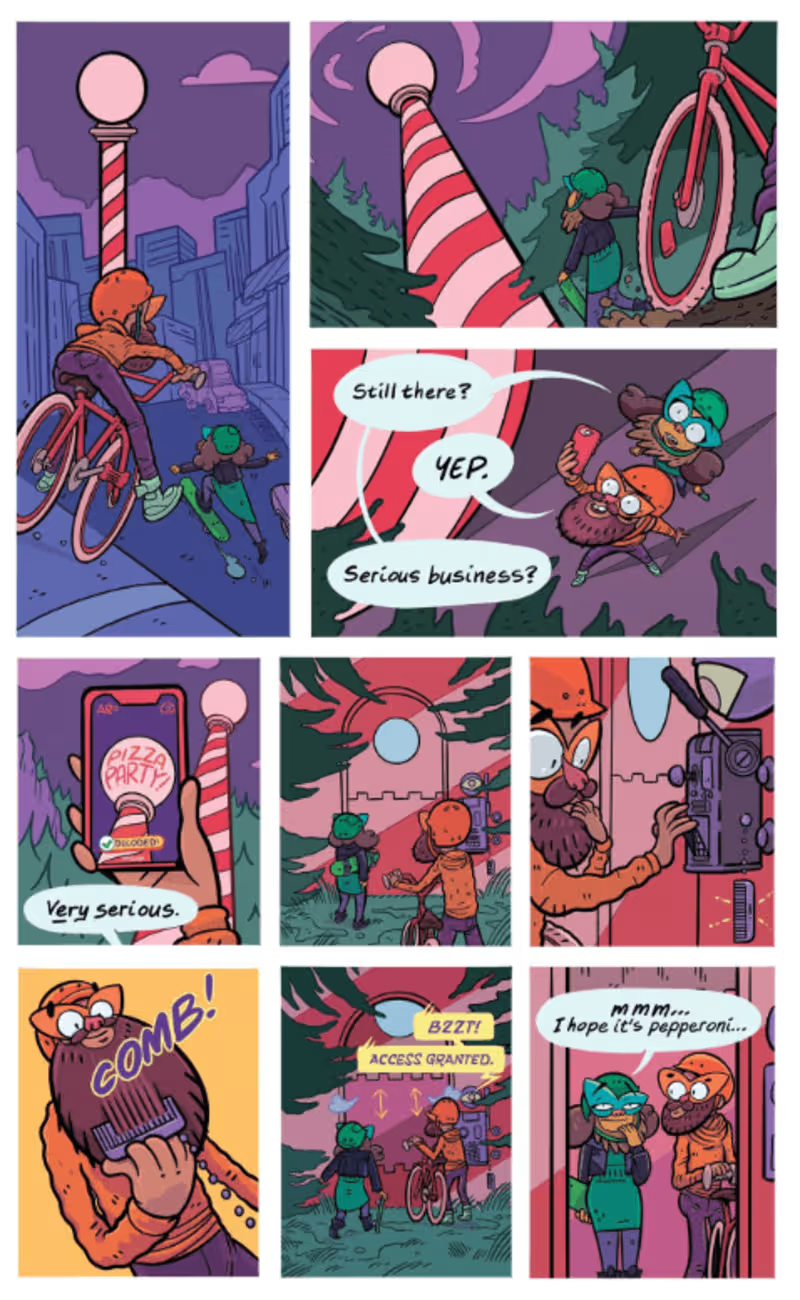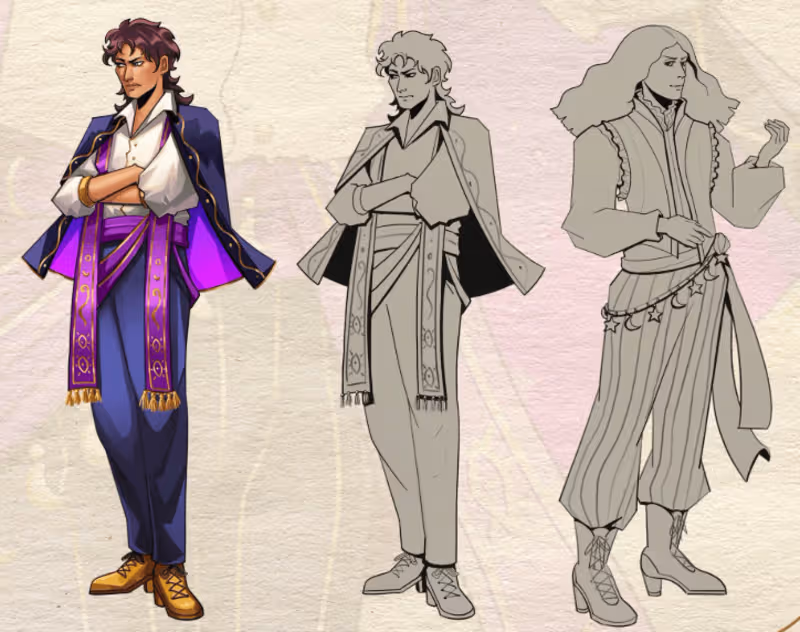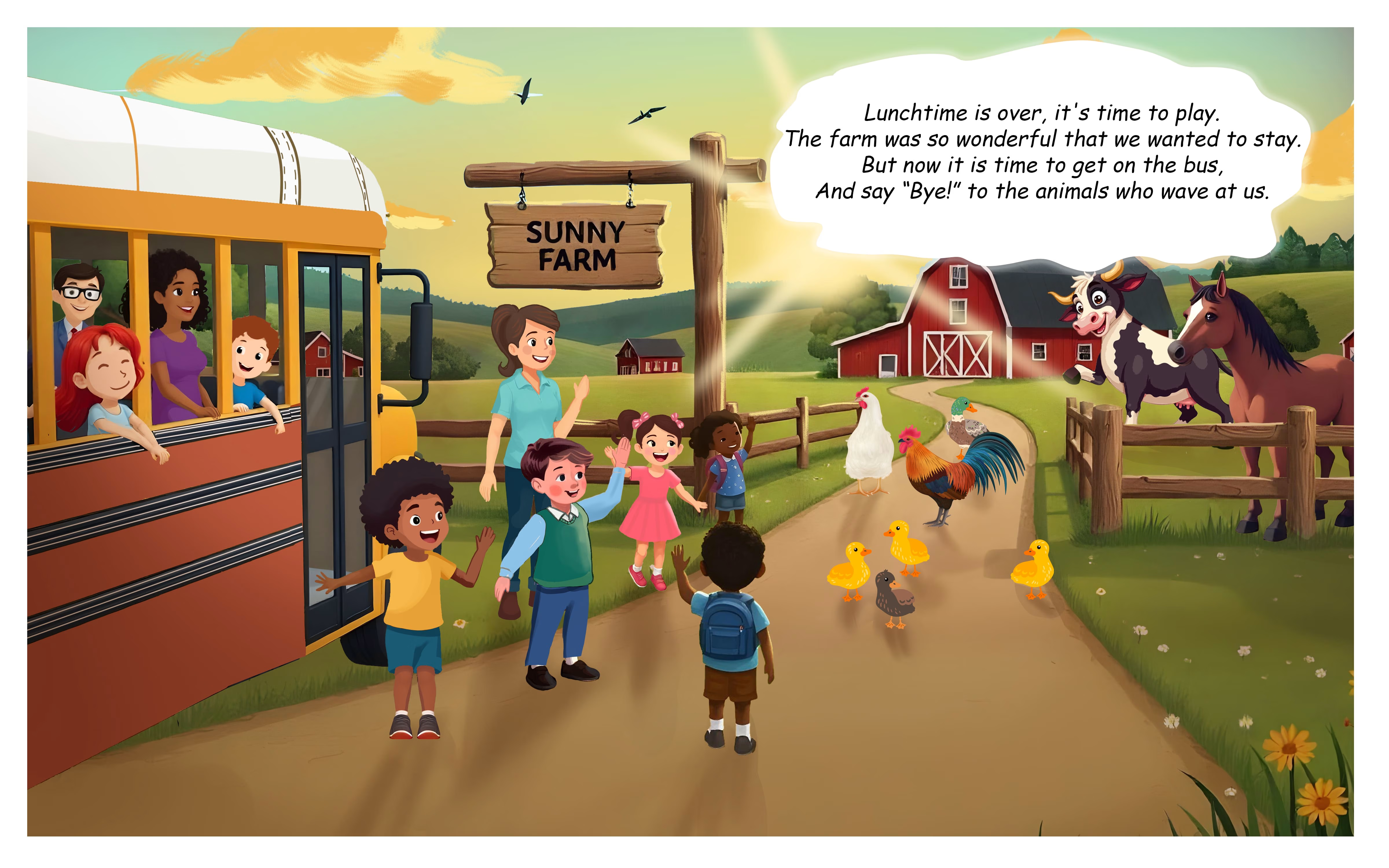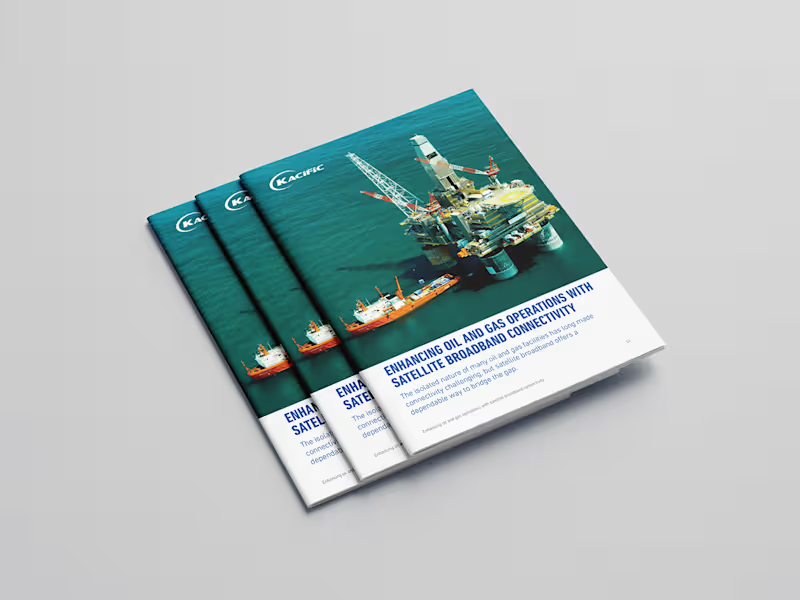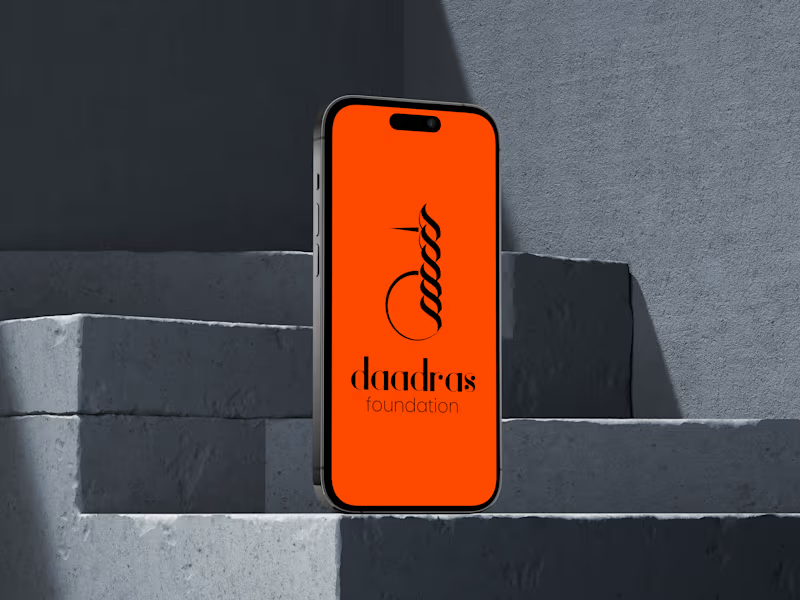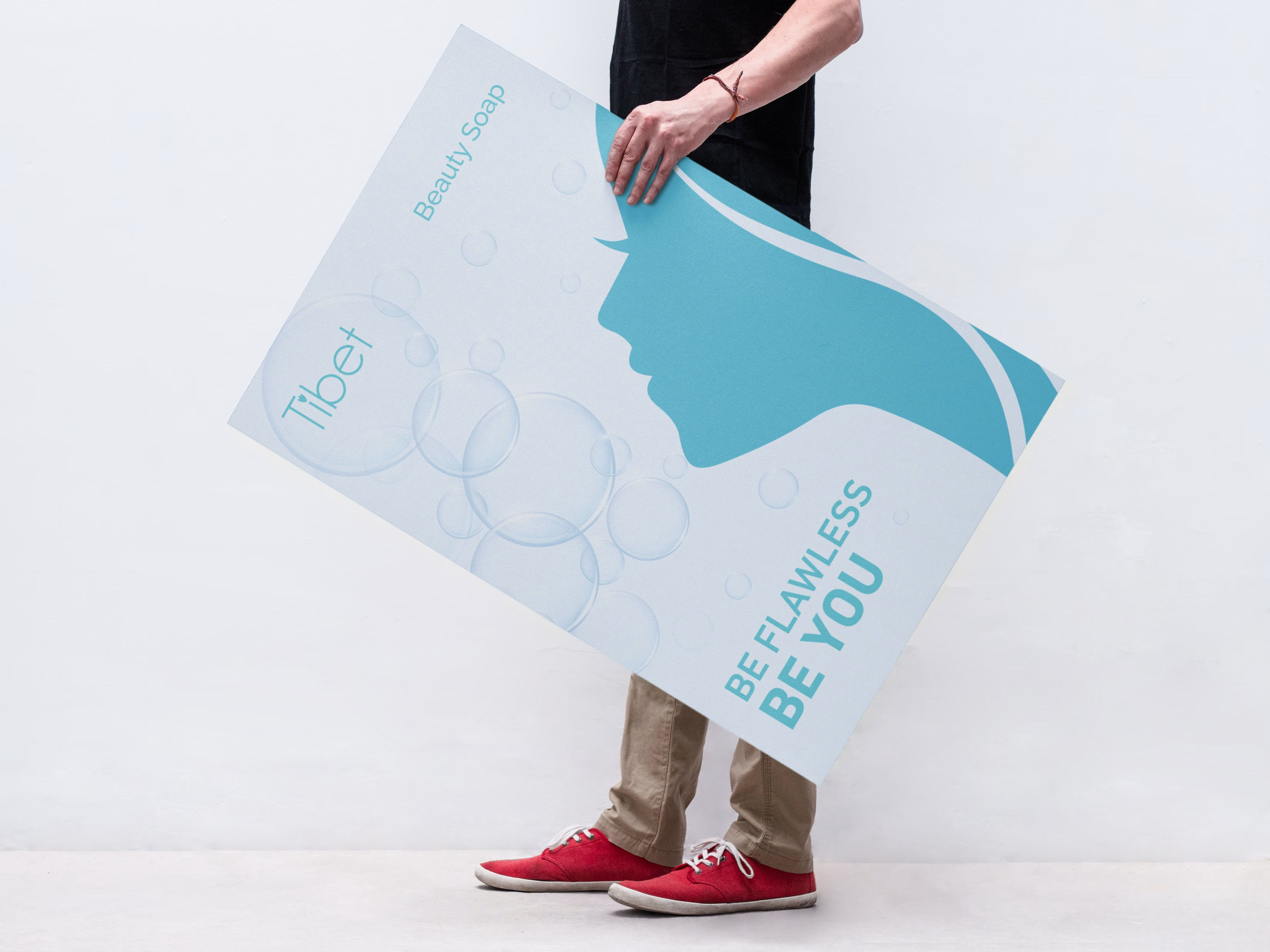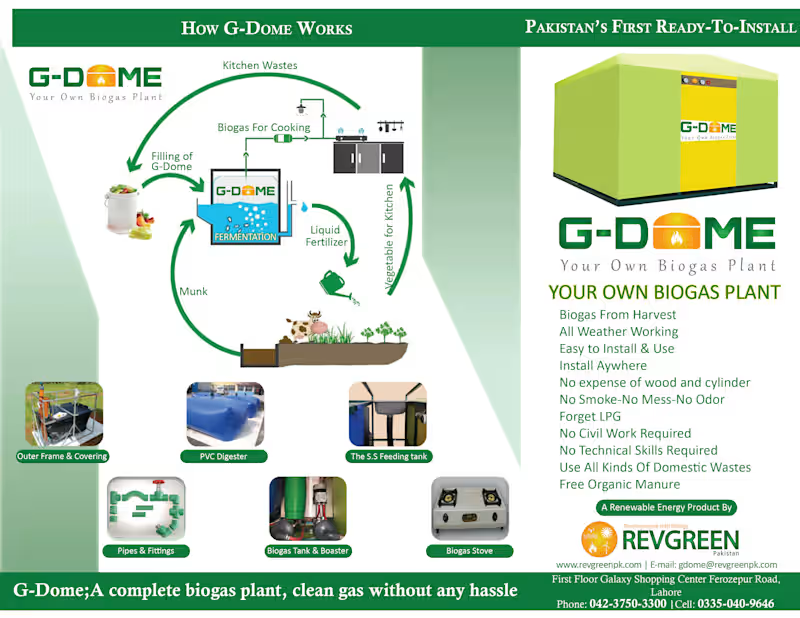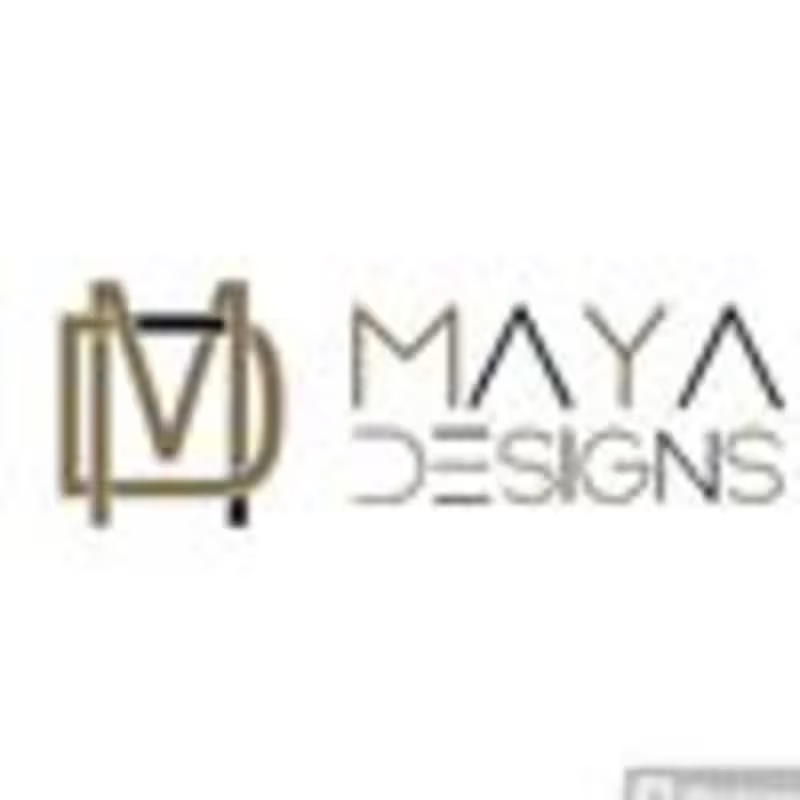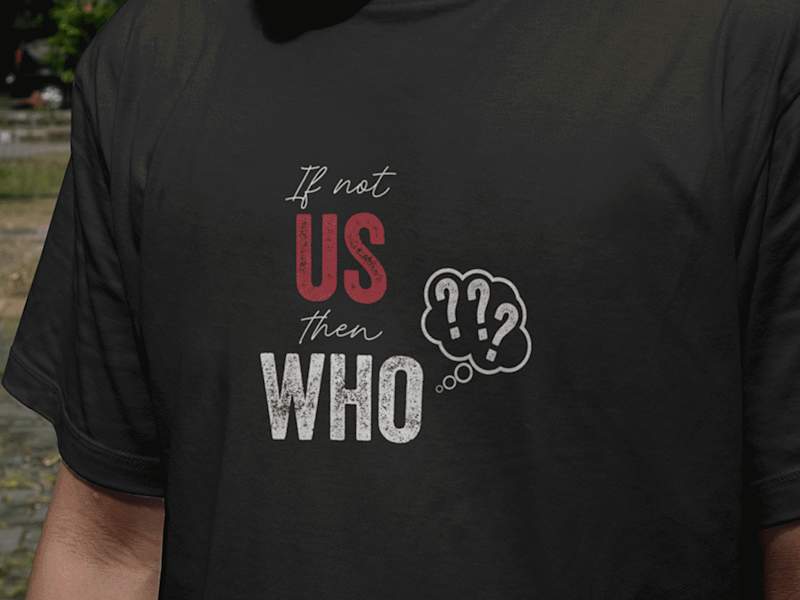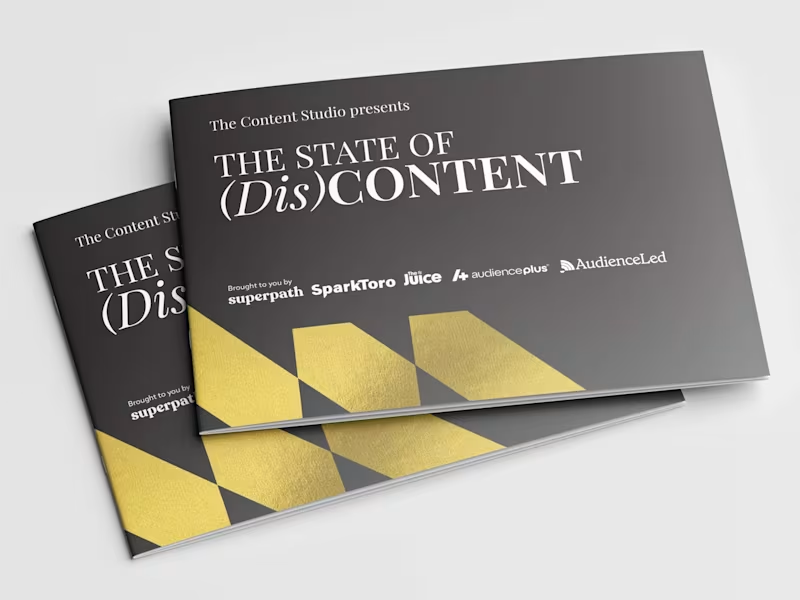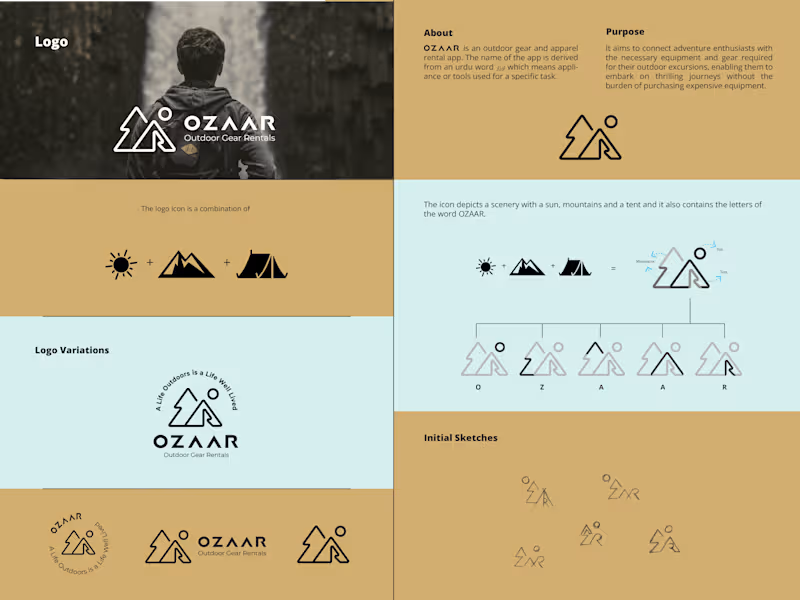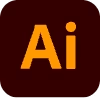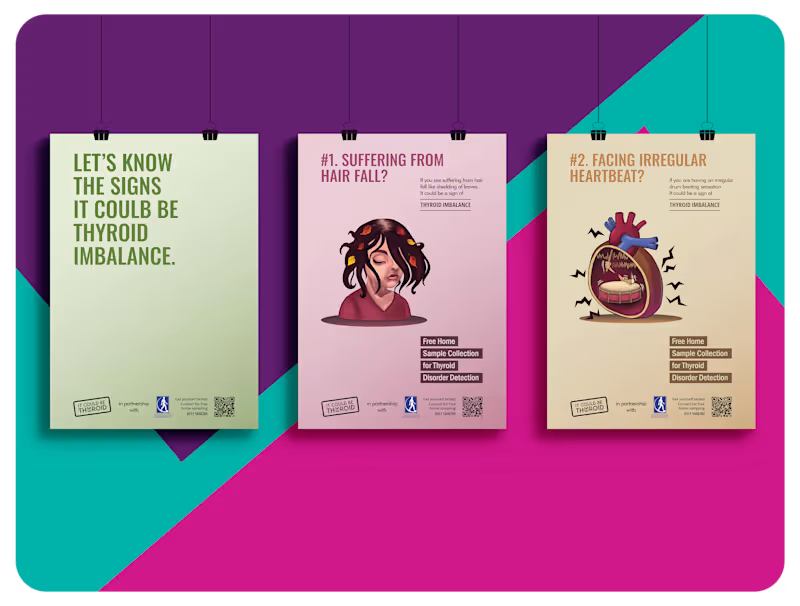How do I describe my typography project in a way a freelance typographer will understand?
Start by detailing the purpose of your project. Mention any specific styles or themes you want, like modern or traditional. Share samples or references that capture the look you aspire to achieve. Being clear helps the typographer know what you need and makes the project smoother.
Why should I define the scope of work when hiring a typographer?
Defining the scope of work helps set clear boundaries for your project. It tells the typographer exactly what's expected, such as the number of designs or revisions needed. This clarity helps avoid misunderstandings and ensures that both you and the typographer are on the same page about what's included in the project.
How can I ensure the typographer understands the audience for our project?
Describe your target audience to the typographer. Explain who they are and what they like. If your project is specific to Punjab, mention cultural elements or language preferences that might be important. This helps the typographer create designs that connect well with your audience.
What project timeline should I discuss with a freelance typographer?
Discussing timelines helps manage expectations from the start. Share any key deadlines you have, like product launches or events. Ask for the typographer's input on what’s realistic. This ensures that the timeline is workable for creating high-quality designs, especially if your project is time-sensitive.
How can I communicate my brand’s typographic needs effectively?
Provide a brief on your brand identity, including colors, fonts, and style guides. Share examples of past designs or campaigns. If applicable, explain Punjabi cultural elements or traditions relevant to your brand. This gives the typographer a comprehensive view of your brand’s needs.
Why should I ask about the typographer's work process?
Understanding the typographer’s work process helps you know what to expect at each project stage. They might have specific phases like briefing, drafts, feedback, and finalization. Knowing this process allows for better collaboration, ensuring the project flows smoothly from start to finish.
How can I ensure the typographer can handle technical requirements?
Check if the typographer is comfortable with the software and file formats you need, like Adobe Illustrator or CorelDRAW. This is important, particularly if your designs will be used in print or digital formats needing specific technical specifications. Confirming these upfront avoids any hiccups later in delivering the final files.
Why is it important to discuss potential challenges in the project?
Talking about challenges helps you prepare for any issues that might arise. It allows both you and the typographer to think about solutions in advance. If you're working on a project related to Punjabi culture, discuss elements that might require special attention. This proactive approach helps in creating a fallback plan and ensuring the project runs smoothly.
How do I align on quality and style with a typographer?
Share examples of fonts and designs you like or dislike. Explain elements that are important to you, like readability or aesthetic appeal. This conversation helps the typographer gauge your preferences and ensures their style aligns with your vision.
What should I include in the agreement with a freelance typographer?
Your agreement should include the project scope, timelines, deliverables, and any revision rounds. Clearly listing these out minimizes misunderstandings. Also, if there are unique design aspects, especially those relating to regional specifics like Punjabi script, make sure these are prominently included in the agreement.
Who is Contra for?
Contra is designed for both freelancers (referred to as "independents") and clients. Freelancers can showcase their work, connect with clients, and manage projects commission-free. Clients can discover and hire top freelance talent for their projects.
What is the vision of Contra?
Contra aims to revolutionize the world of work by providing an all-in-one platform that empowers freelancers and clients to connect and collaborate seamlessly, eliminating traditional barriers and commission fees.

- 5.0
- Rating
- 6
- Followers
Partner

- 5.0
- Rating


- 5.0
- Rating





























